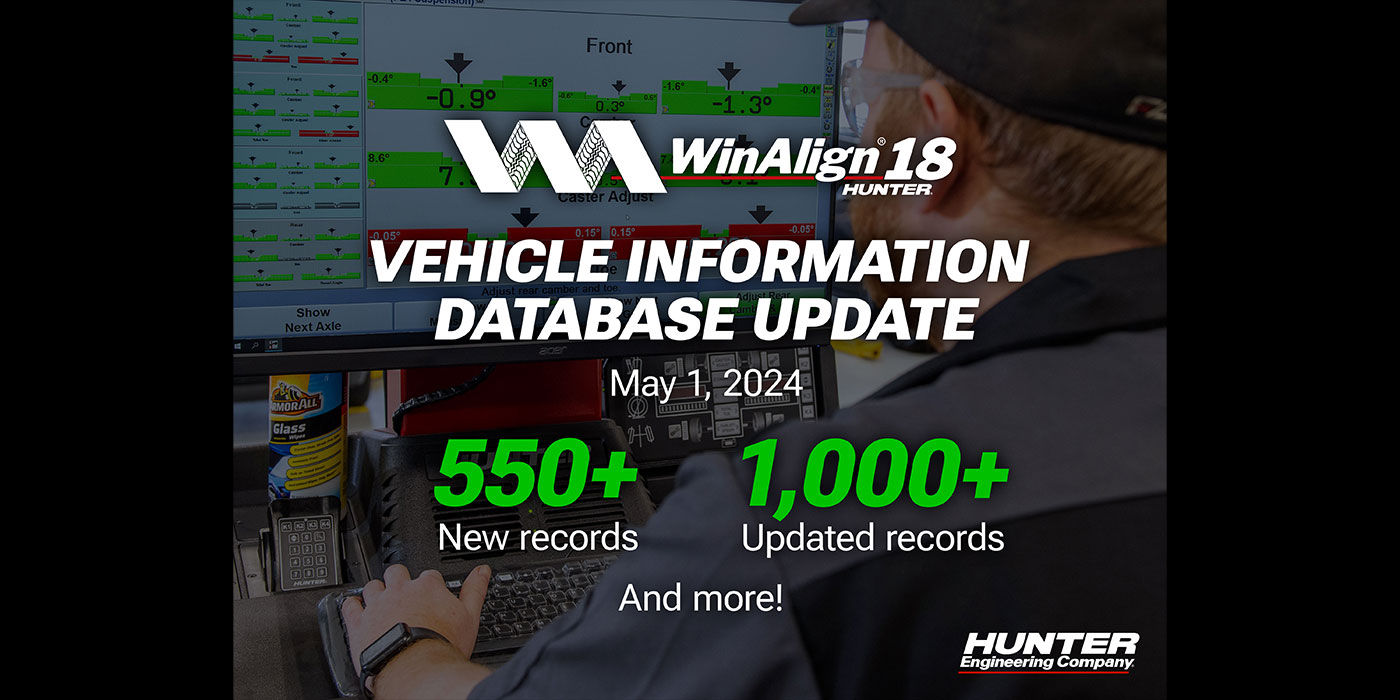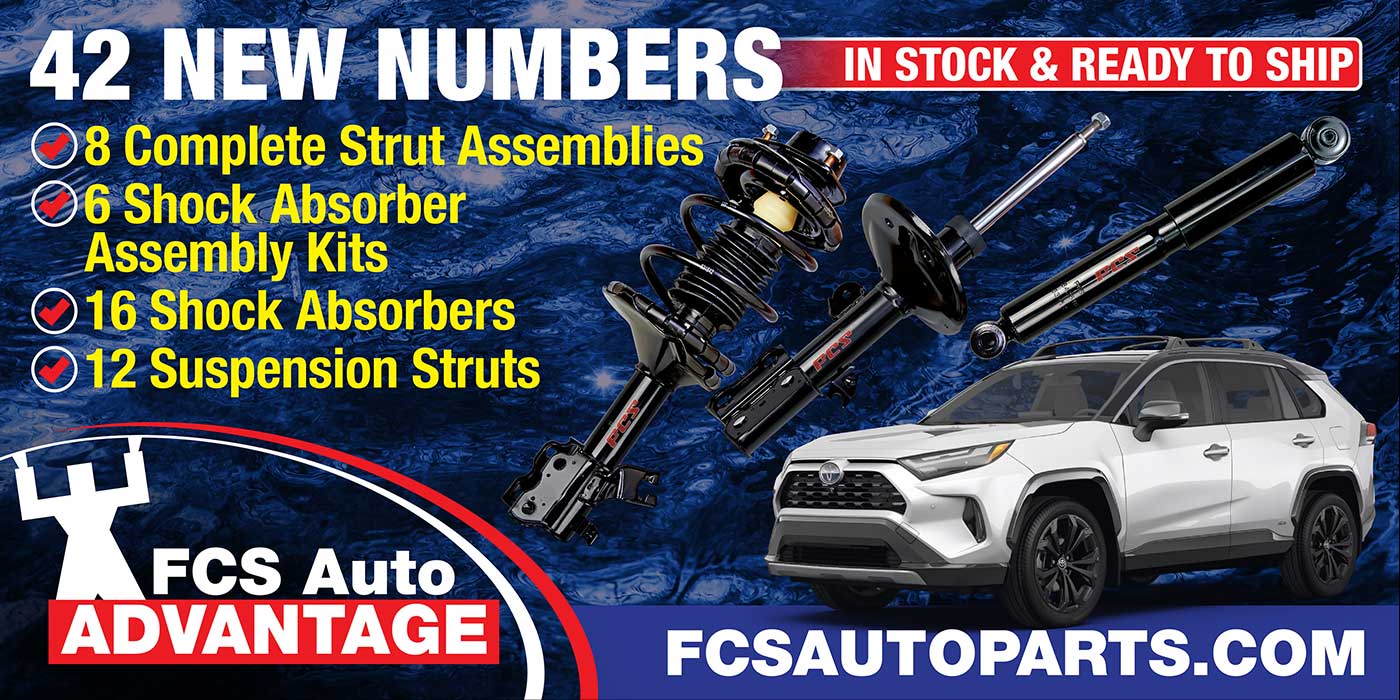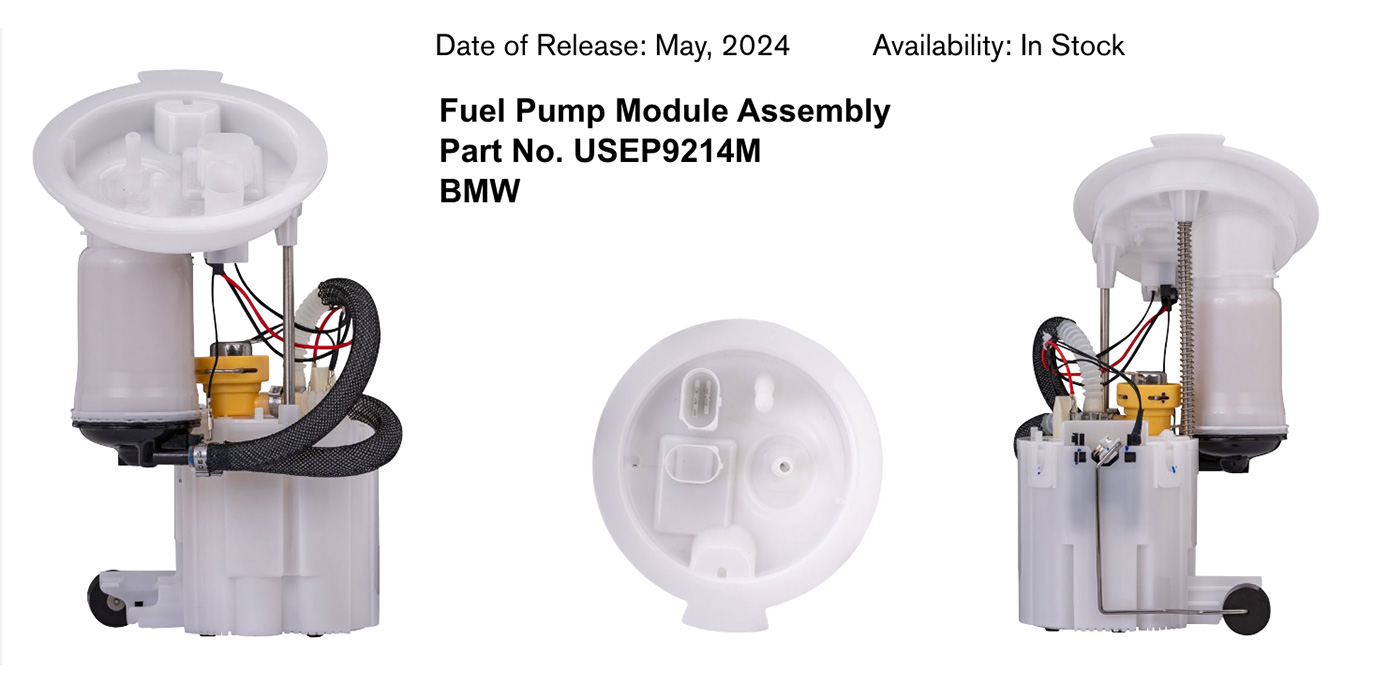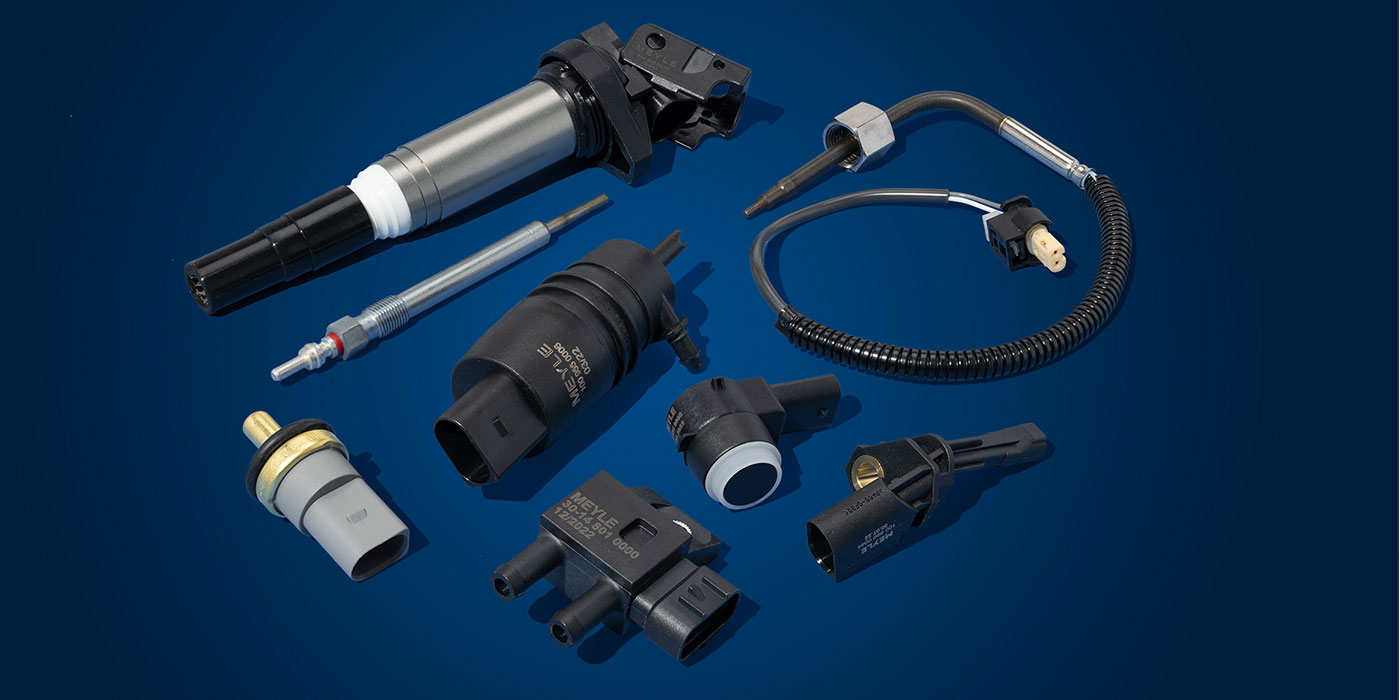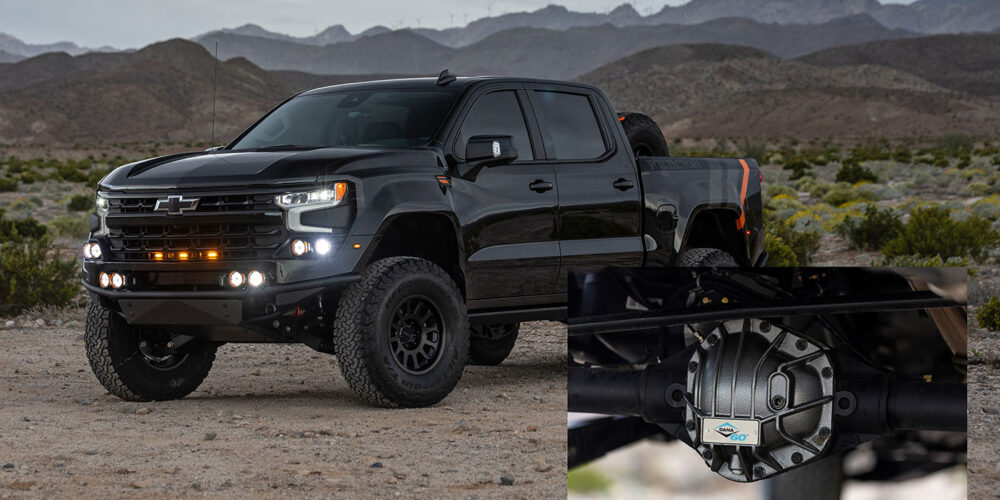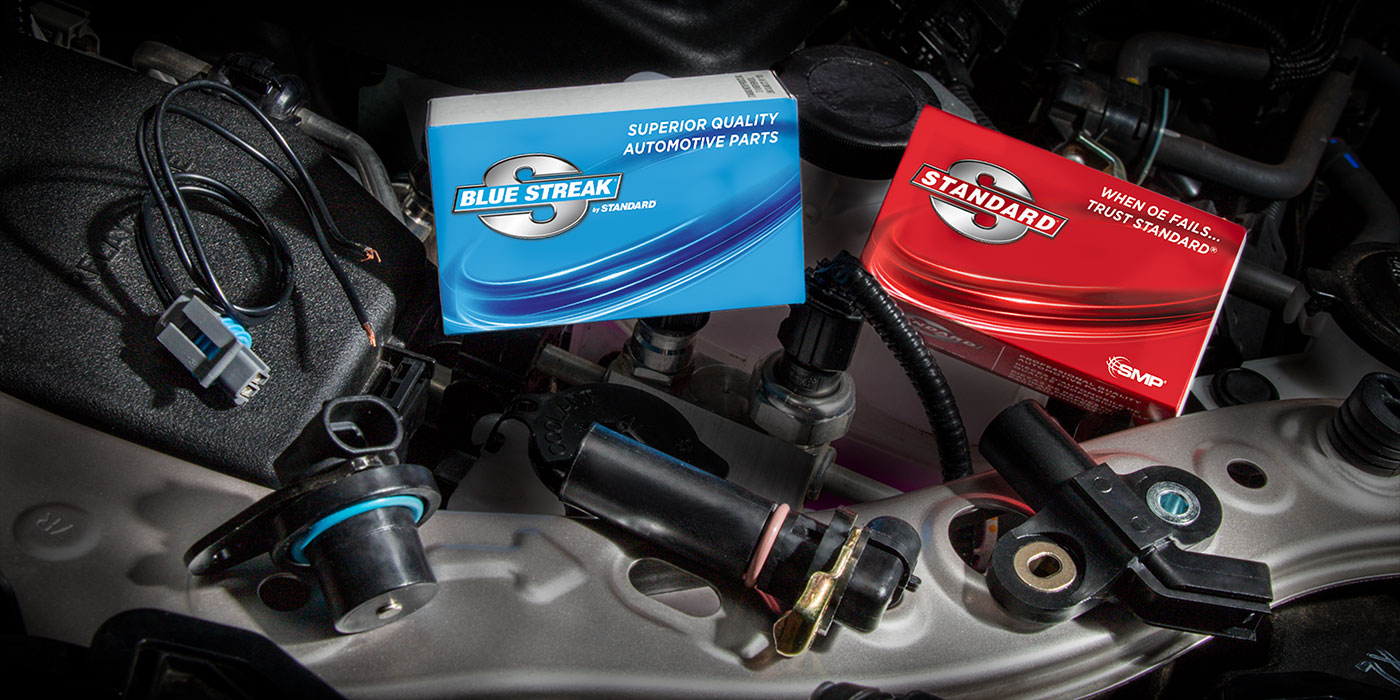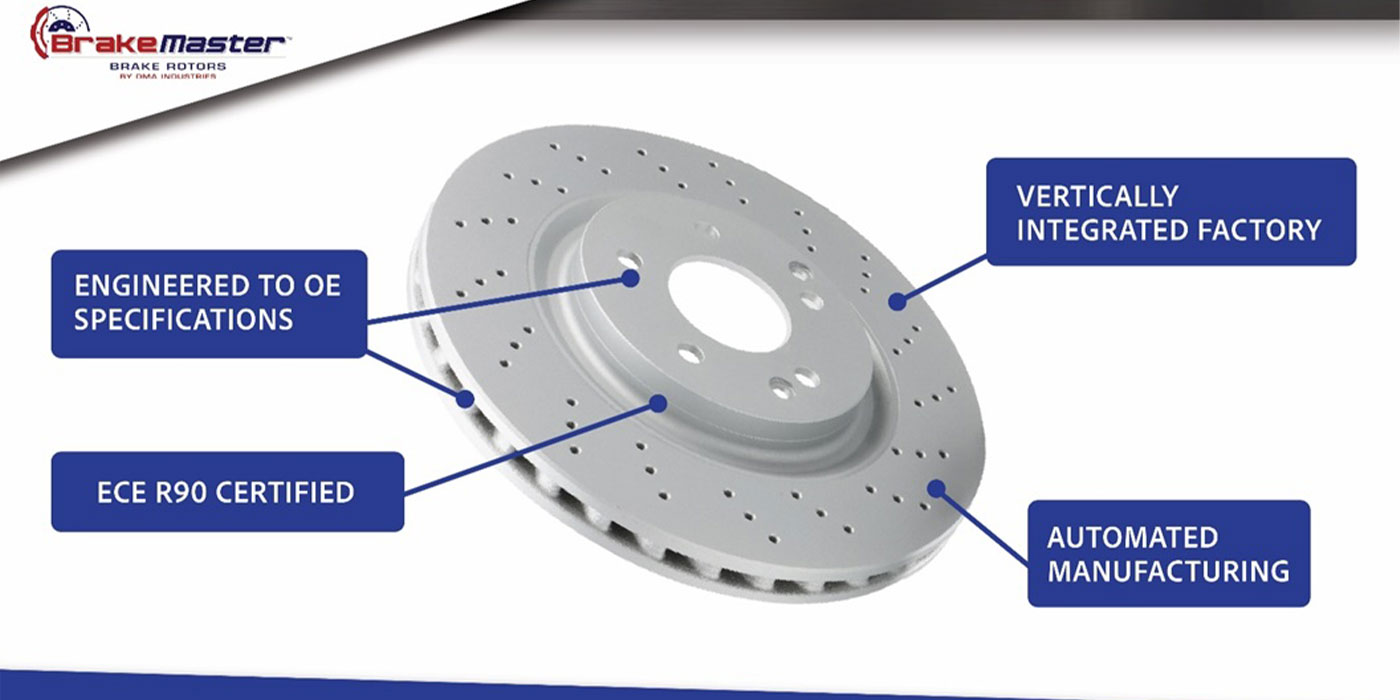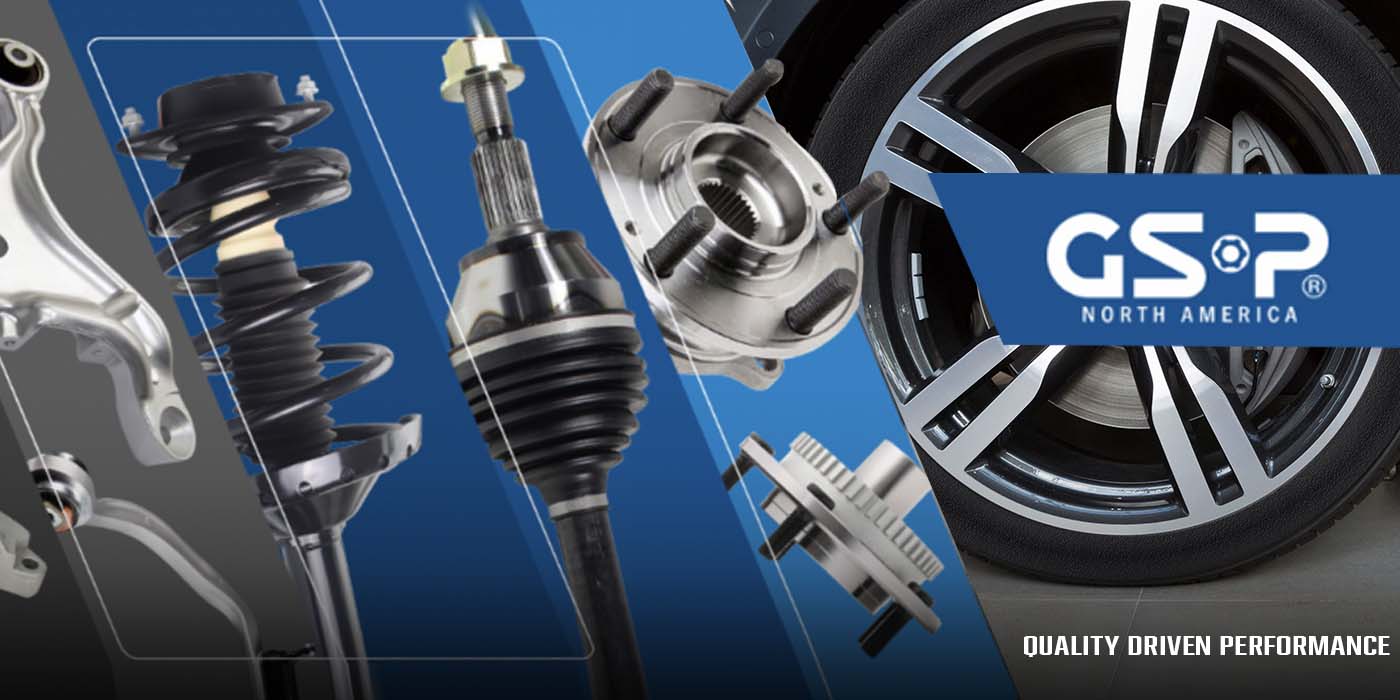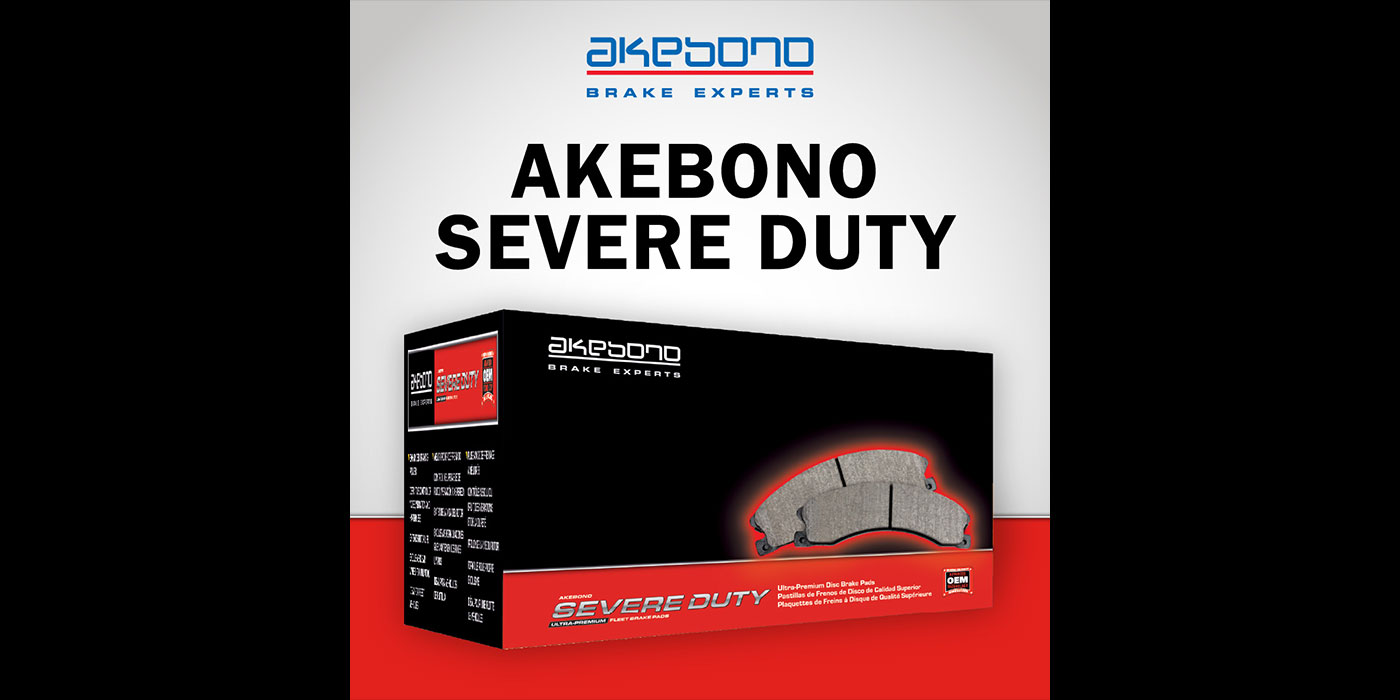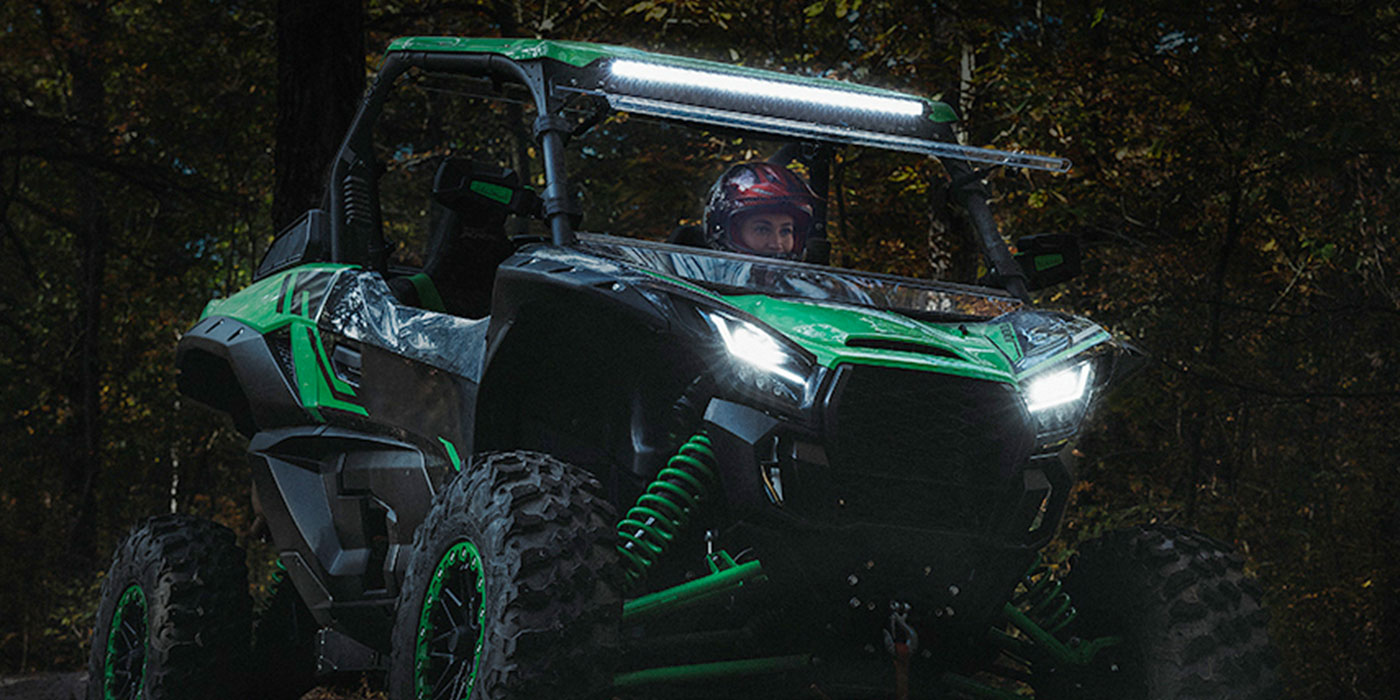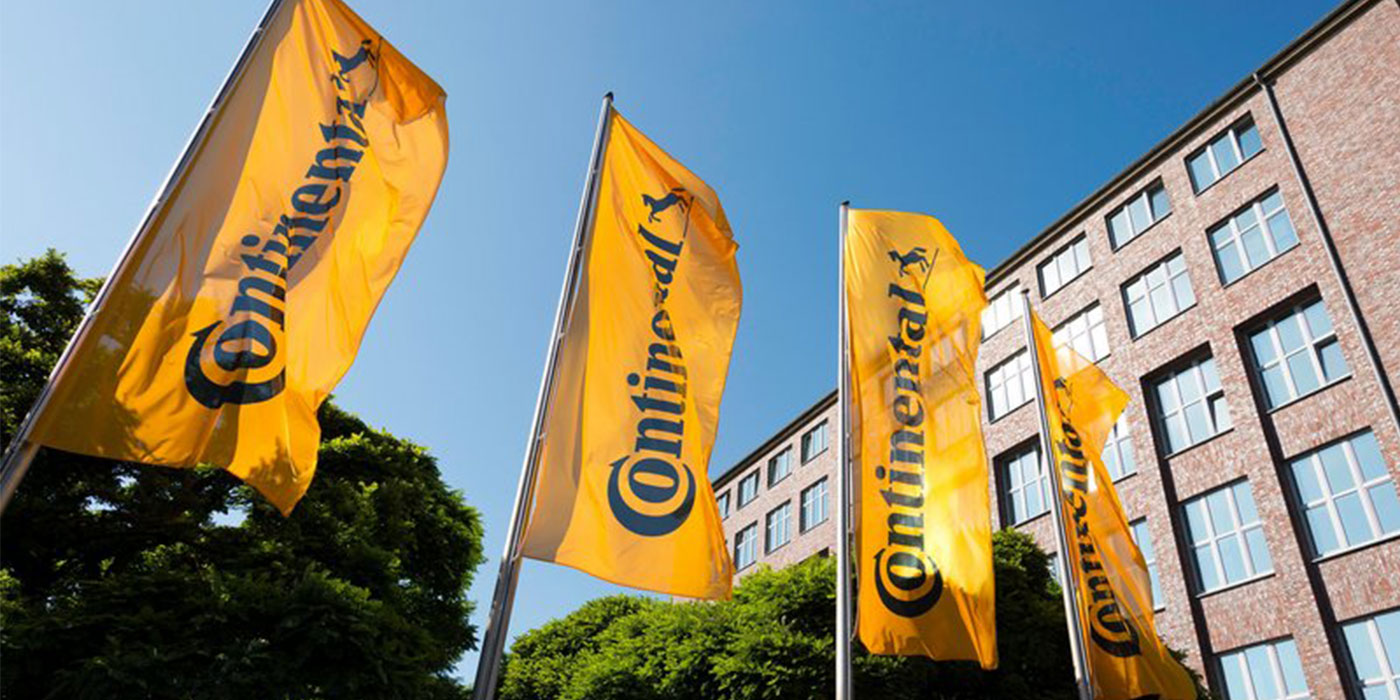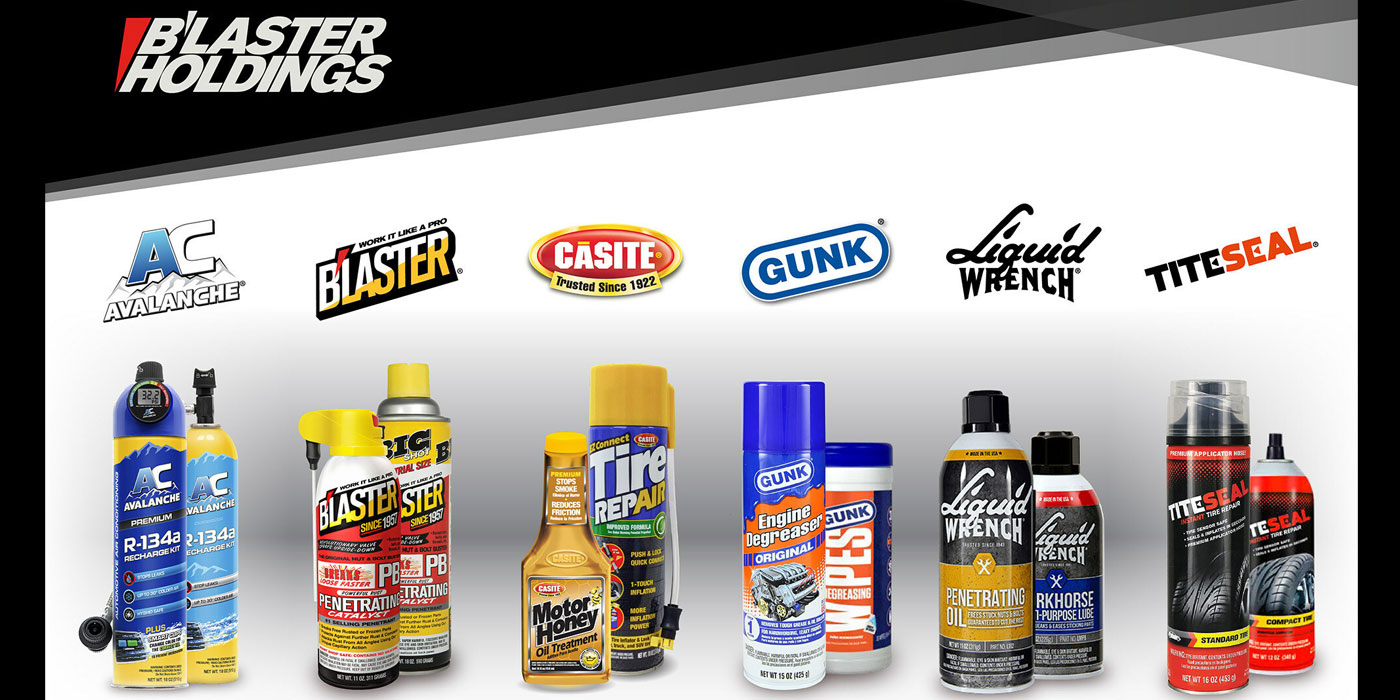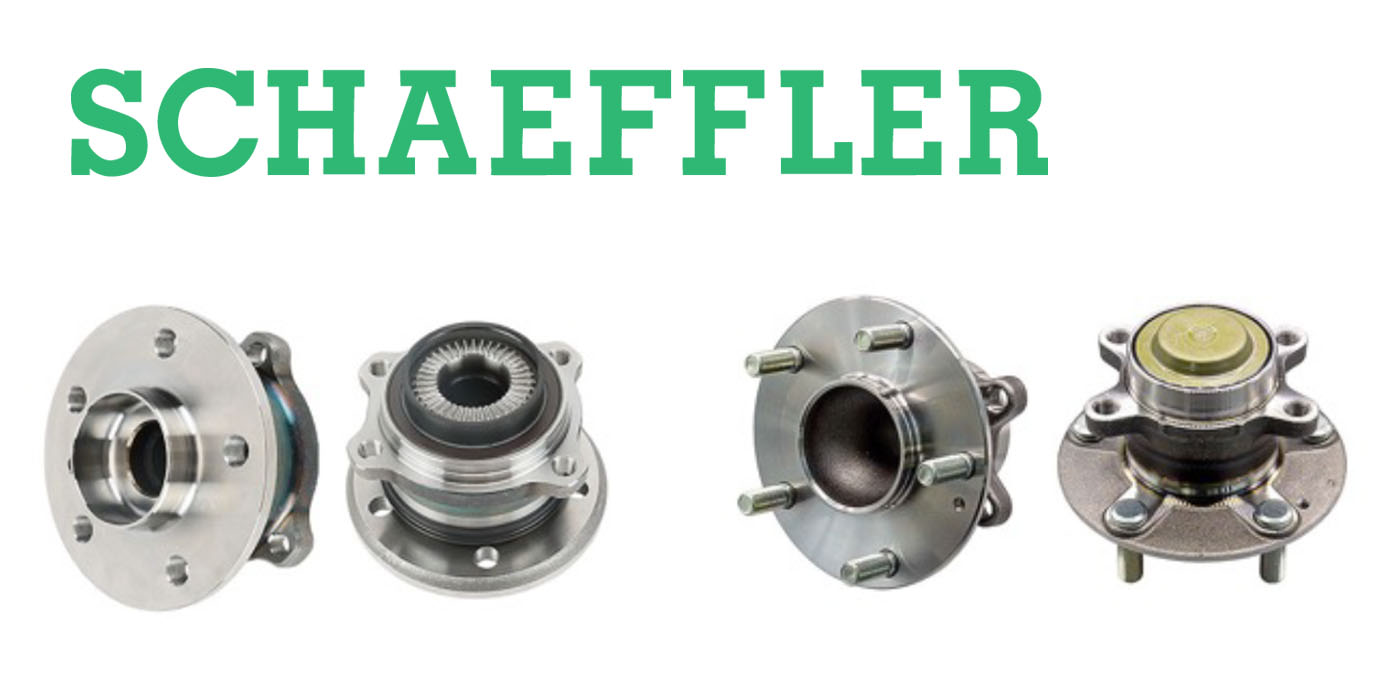From Milwaukee Journal Sentinel
DETROIT — About one-third of the automotive parts industry is probably headed for bankruptcy.
The chilling prediction comes from Sean McAlinden, chief economist at the Center for Automotive Research in Ann Arbor, MI. He spoke at a conference for automotive writers Saturday, a week before the North American International Auto Show opens to the public Jan. 14 at Detroit’s Cobo Conference and Exhibition Center.
Faced with financial hemorrhaging, automakers are paring down their number of suppliers and are working closer with the remaining companies to get a better handle on costs.
Those suppliers in top market positions can invest in next-generation technologies and strategies, solidifying their leadership positions. The rest of the pack finds itself in a race to the bottom, engaging in aggressive cost-reduction programs against lower sales.
“The possibility is that 30 to 35 percent of the independent, U.S.-owned parts firms already are at the brink of insolvency and will probably have to use Chapter 11 bankruptcy,” McAlinden said. That’s hundreds of financially troubled companies, including ones that feed large suppliers such as Delphi Corp. and Visteon Corp.
Workers angry about the concessions in wages and benefits that Delphi is seeking protested Sunday outside the preview for the auto show.
Part of the problem for suppliers is that thin profit margins have been eroded by high operational costs such as health care and materials.
Another part of the problem is that rapidly changing vehicle models, and models produced in fairly low numbers, have wreaked havoc for suppliers who are more accustomed to high-volume work. Suppliers are challenged to remain profitable even after retooling factories for design changes that might not produce a lot of parts.
The companies are generally divided into two categories. Tier-one suppliers, such as Johnson Controls Inc., provide parts directly to the automakers. Second-tier companies generally supply parts to the tier-one firms. Small companies face some of the industry’s biggest challenges, including competition from 45 countries that have automotive assembly plants and their own suppliers.
“Unfortunately, if you have a small shop based out of some place like Toledo (OH), the world is increasingly converging,” said Michael Robinet, an auto industry forecaster for CSM Worldwide Inc. in Farmington Hills, MI. “These small companies don’t have as many opportunities. Some of the tier-one suppliers they used to sell to are now global players.”
The financially strapped suppliers face three choices: form alliances with bigger, global companies to remain competitive, sell out to their competition or roll over and die, Robinet said.
“Going forward, the second-tier suppliers are really going to get squeezed,” he said. They’re experiencing the pain that was first inflicted on their tier-one cousins.
The hardships of being a supplier in the auto industry — where operating costs can quickly erode profits — were painful at Visteon, the parts division for Ford Motor Co., said Thomas Burke, former vice president of Visteon’s North American manufacturing operations. Burke is now a vice president at Modine Manufacturing, a Racine, WI, company that makes vehicle heating and cooling equipment. He spent 22 years with Ford and Visteon before he was hired by Modine last summer.
As Ford’s market share slipped, Visteon’s ability to react was severely limited. “I was really in the middle of it, and it was tumultuous,” Burke said in an interview Sunday.
The bankruptcy filing of Delphi, the largest U.S. auto supplier, rattled the industry. More bankruptcies, mergers and acquisitions are expected in the next couple of years.
If there’s any good news, it’s that suppliers that survive the shakeout could be well-positioned for future business. Vehicle sales will grow, and there will be as many opportunities as risks, said Keith Wandell, executive vice president for Johnson Controls.
“I think we will see fewer, but larger, suppliers,” he said Sunday.
Slated for 2009 vehicles, Johnson Controls is launching a new type of vehicle seating that makes it easier for passengers to get in and out of third-row seats. It’s also offering a new type of headrest, with electronic sensors, that is supposed to reduce head and neck injuries in car crashes.
Johnson Controls has been chosen as one of two vehicle interior suppliers for a car that DaimlerChrysler will launch in 2008. There have been a lot of entrants in the automotive-interior business, Wandell said, but not all of them have had adequate financial backing.
“It takes a lot of capital” to be in this business, he said. “Car makers are looking more to the companies that are financially stable. So the real question is, which car makers are going to win, and what suppliers are they going to take along with them?”
Asian automakers have demanded a lot from suppliers. But they also have emphasized stability, long-term commitments and fewer costly design changes. “This world is going to become a more Asian-focused industry,” Robinet said.
Suppliers in the Midwest might benefit from automakers’ increased dissatisfaction with plants in the South, where a lack of skilled workers has bottlenecked production.
After spending hundreds of millions of dollars to build a plant in Mississippi, Nissan had to recruit workers from Michigan because it couldn’t find qualified help locally.
“If there are problems with an automotive assembly line in Alabama or Mississippi, typically they have to call in a specialist from up North for help,” said Kim Hill of the Center for Automotive Research.
On average, southern states give an automaker $142 million in incentives to locate a factory there, compared with $84 million from northern states.
The South boasts lower costs for land, labor, energy and taxes. But unlike the North, its work force doesn’t have decades of manufacturing experience.
Auto industry growth in the South will slow down as a lack of human resources becomes more of a barrier, Hill said. “Skilled labor will be the biggest issue in the next 10 years,” Hill said. Also, the southern U.S. faces more competition for work from Mexico and other countries that doesn’t require high levels of skill.
It’s uncertain whether the General Motors Assembly Plant in Janesville will survive future rounds of plant closures. Janesville was spared from GM’s massive restructuring in November but still faces risk if the company’s new sport utility vehicles aren’t strong sellers.
GM is betting that people who buy the large SUVs don’t care about high gasoline prices, Hill said. But if sales plummet, GM may have to consolidate more plants. “We thought that Janesville would have shown up” on the first list of plant closures, Hill said.
The company says it will have 14 small SUVs, known as crossover utility vehicles, on the market within several years, up from six today. Those products currently aren’t made in Wisconsin.
“And the problem for Detroit is the Japanese already have 46 percent of the crossover market,” McAlinden said.
The North American auto industry isn’t dying. But the product mix is changing, and suppliers who can adapt will be among the survivors.
Soon, almost any car smaller than a Chevrolet Impala will be designed outside North America, Robinet said. Many vehicles will be built on “global platforms” that can be used for different models in a variety of countries.
Parts suppliers will have to be flexible in meeting the automakers’ needs, and that will involve advanced manufacturing strategies. Labor unions will have to make heavy concessions, McAlinden said, because “the suppliers have already been cut to shreds.”
Copyright 2006 Milwaukee Journal Sentinel. All Rights Reserved.
_______________________________________
Click here to view the rest of today’s headlines.

